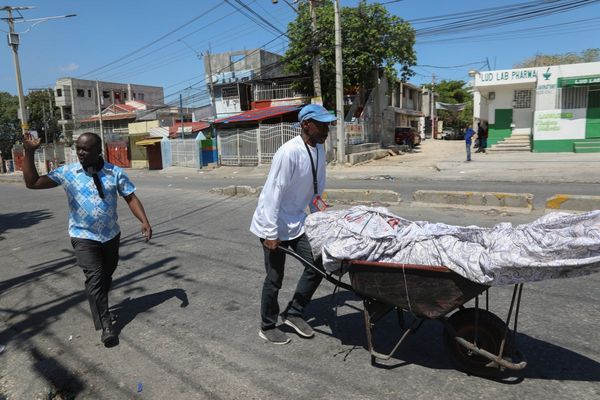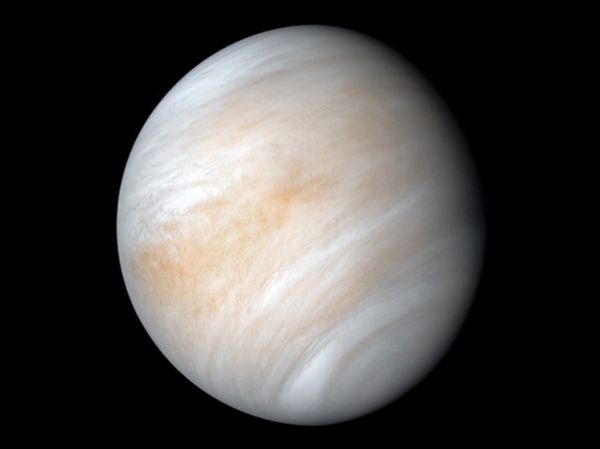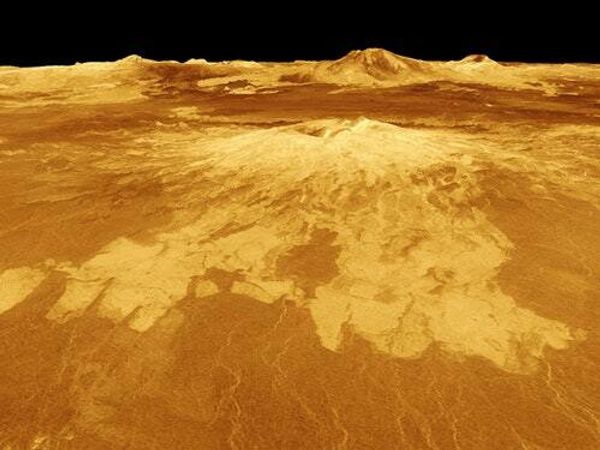
Engineers are developing software for lighter-than-air spacecraft that might be able to explore the clouds of Venus, an environment that could harbour alien life.
Balloon-based robot vehicles, such as the Venus Atmosphere Maneuverable Platform, work akin to an airship.
These hybrid machines use buoyancy and aerodynamic lift to control their altitude – with the substantial benefit that during the day they can collect energy from the Sun in order to move while conserving power by floating during the night.
It is hoped that the aerobots would be able to cruise for several months to one year.
This buoyancy of the vehicle also means that it would be prevented from descending more than 50 kilometres from the surface of Venus. The temperature of the planet can reach approximately 475 degrees Celsius, and has melted numerous probes sent to it already.
While hybrid vehicle designs have been proposed since 2014, West Virginia University associate professor Guilherme Pereira said he was “not aware if any software has been created”.
“One of the ideas of our project is to extend the battery life of the vehicle by planning energy-efficient paths, thus allowing it to fly during the night as well,” the researcher added.
The software will have three main aims: creating a motion planner for the craft so it can be commanded to move by a Nasa science team, localising the aerobot in the atmosphere using vehicles and maps of the planet, and coordinating vehicles for better estimation of atmospheric conditions.
The motion planner will have to consider movements for an “optimal energy strategy” because, over the four days it will be orbiting the Venuvian atmosphere, it will be exposed to long periods without light on the dark side of the planet and it needs to have enough energy to survive these periods.
This means knowing information about wind direction, for example, and navigating the robot in that direction because it would require less power. This would all need to be done without GPS (which requires a satellite network).
“The understanding of the atmosphere provides the robots quantities like wind direction and magnitude, pressure, temperature and solar intensity,” Dr Pereira said.
“Just as with sprinters in the Olympics when they get better marks if they are experiencing tail-wind. If the wind is directed towards the goal of the aircraft, the aerobot movement will be aided by the wind and, by consequence, the path will be more energetically efficient.”
“We know that life can grow in acid environments on Earth, but nothing as acid as the clouds of Venus were believed to be. But if something is making ammonia in the clouds, then that will neutralize some of the droplets, making them potentially more habitable,” said Cardiff University’s Dr William Bains.
Ammonia is made using hydrogen, but non-biological processes do not seem to be able to achieve the quantity that scientists believe is in the clouds – suggesting that a biological culprit is more likely.
“There are many other challenges for life to overcome if it is to live in the clouds of Venus,” said Dr Bains. “There is almost no water there for a start, and all life that we know of needs water. But if life is there, then neutralizing the acid will make the clouds just a bit more habitable than we thought.”
It will not be until further radio telescope examination that scientists might come to more concrete solutions, however, or the probes being sent to Venus in 2023 and over the next decade.










